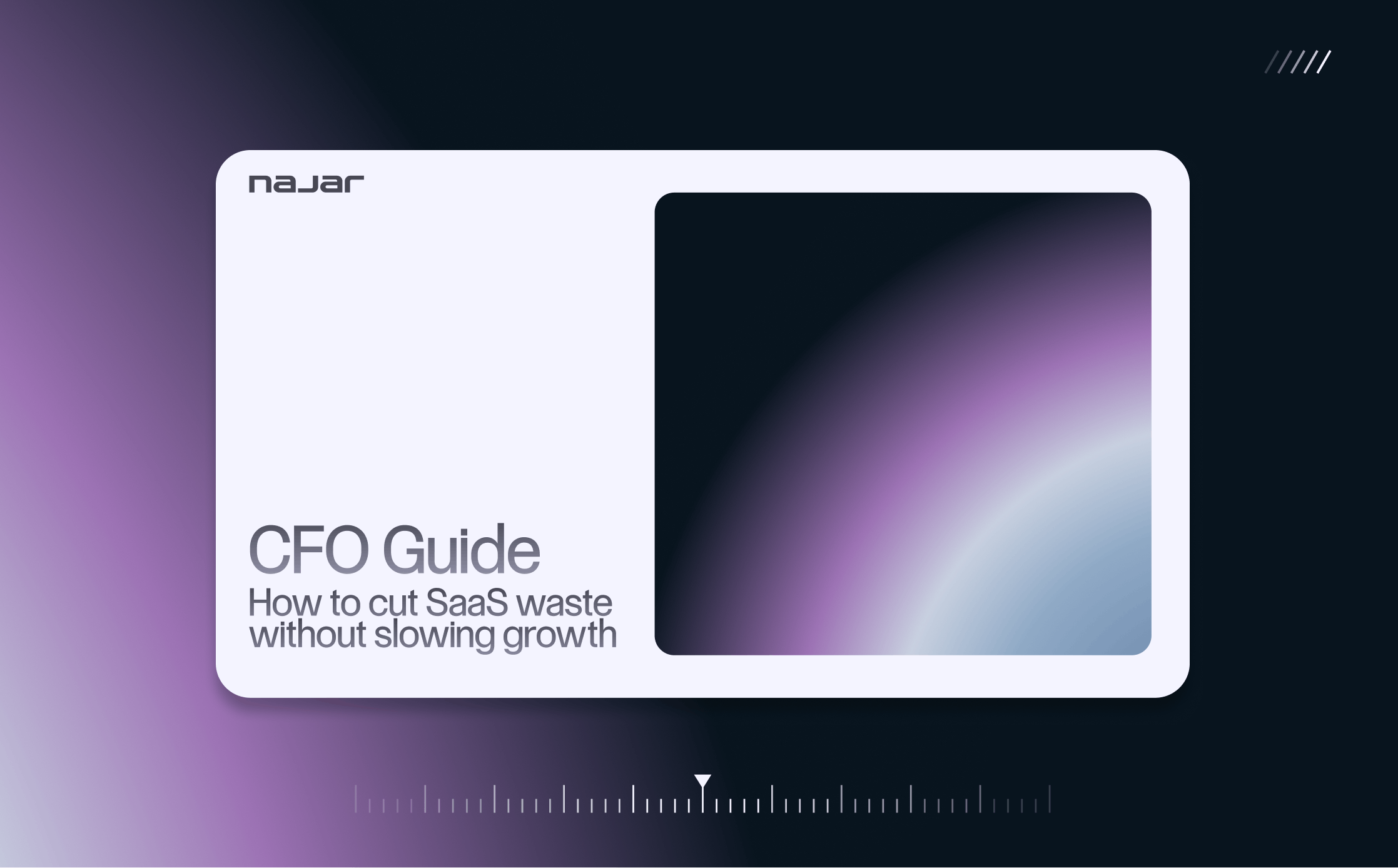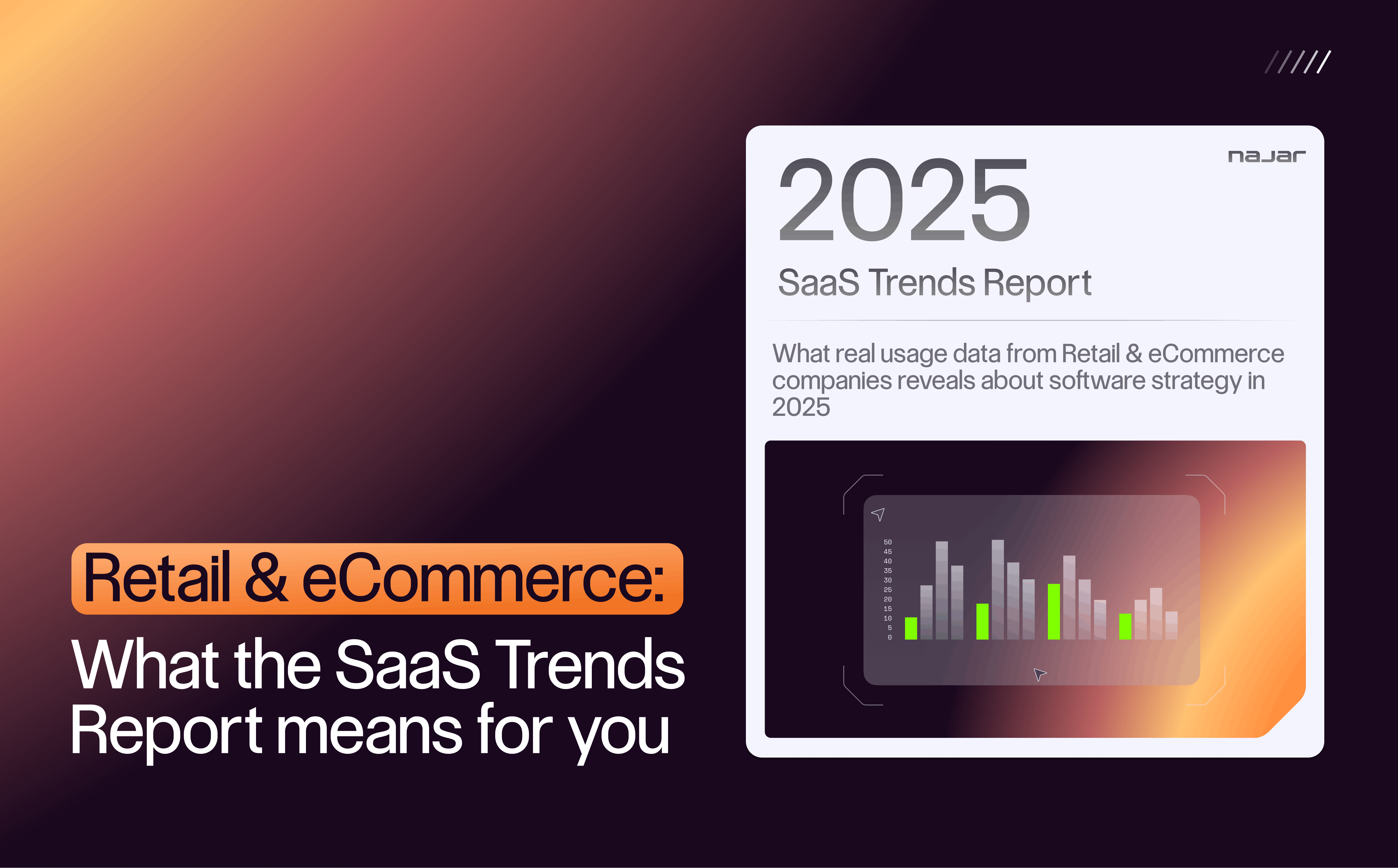What are the environmental impacts of using SaaS?
How to measure the pollution level of SaaS?
Estimating the carbon footprint of a company involves several possible methodologies. What they all have in common is that they look at the polluting activities, provide an overview of the greenhouse gas emissions and measure the environmental impact of the organization.
There are 2 main ways to measure environmental impact recognized in France:
- The international standard 14064 which homogenizes the calculation methods and the results presented;
- The Bilan Carbone which integrates 3 scopes to measure the greenhouse gas emissions of an organization.
The latter, created by the French Agency for Ecological Transition (ADEME), is becoming increasingly important in measuring the environmental impacts of SaaS use. It involves the measurement of different scopes, which correspond to more or less broad perimeters for taking into account the emissions produced.
Scope 1 includes emissions directly emitted by activities under the organization's control. This includes, for example, the production of gases, such as methane, during the production of a good.
Scope 2 takes into account indirect emissions from energy consumption. This includes the use of electricity and its environmental impact.
Finally, scope 3 includes other indirect emissions that emanate from the value chain, upstream or downstream of it. It should be noted that the French government has made it mandatory to take into account scope 3, via a decree dated July 1, 2022. This includes gasoline consumed in the transportation of goods or for employee travel.
What is the point of this legislative change? To circumvent (at least partially) the difficulties associated with measuring greenhouse gas emissions. Indirect sources of pollution were not systematically taken into account in the carbon footprints of some SaaS or companies, since scope 3 was not mandatory until now.
The sources of pollution of SaaS
What does digital account for in global greenhouse gas emissions? The Shift Project's 2019 report estimates that internet services, cloud, SaaS, and other computing technologies account for 4% of total digital pollution.
This study also mentions a 9% annual growth in the energy consumed by software and information and communication tools.
In addition, the energy consumption of data centers in Europe has increased from 53.9 TWh/year to 76.8 TWh/year between 2010 and 2018, according to a European Commission report published in 2020. In other words, an increase of 42%.
But what exactly are the environmental impacts of SaaS use?
Energy consumption of the cloud
Private servers consume a significant amount of electricity throughout their lifetime. This intensive use of the resource adds to the disadvantages, and even the risks, associated with the multiplication of SaaS for companies.
Specifically, the data centers used to store online data consume a considerable amount of energy to power their servers, or the cooling systems.
It's also worth noting that server energy use is equivalent to 1.8% of U.S. consumption per year, according to a study by the U.S. Renewable Energy Laboratory (NREL).
Yet the cloud and SaaS solutions are recognized as a way to significantly mitigate digital energy usage figures. Comparing the consumption figures of standard software applications with their cloud-based counterparts, the analysis of the Lawrence Berkeley National Laboratory indicates a reduction of this consumption by 87%.
It is also worth noting that server energy use has been reduced by 31% over 10 years thanks to dematerialization, which has led to a reduction in the company's bill!
Water usage and pollution by SaaS
SaaS-related data centers require regular cooling, usually with potable water. The risks of pressure on resources, or even their depletion, are very real for regions with servers.At a time when various regions of the world are experiencing droughts due to climate change, the use of water resources should be a major concern. SaaS is no exception to this logic.The environmental impact of SaaS use therefore includes the waste of millions or billions of cubic meters of drinking water each year.
The cooling of data centers does require large volumes, which can also contribute to water pollution:
- Manufacturers may be tempted to combine drinking water with chemicals to increase cooling efficiency;
- The discharge of water used in this way can affect and pollute the environment.
Electronic waste from data centers: another source of environmental pollution
The disposal of computers and other electronic waste and obsolete equipment, such as servers, can also contribute to environmental pollution.
The reason is simple: only about 20 percent of the materials in a laptop are typically recovered. The rest is often sent to landfills in some countries, and sometimes burned to recover the various materials.
Among the latter, there are several components such as tantalum, copper, zinc, tin, gold, arsenic, indium, etc. So many elements that come to harm ecosystems or water tables, since they are also accompanied by toxic products such as mercury or sulfuric acid.
The same applies to data centers. Since these different materials are buried or spread out in landfills far away from the users, the users do not fully perceive the ecological impact of SaaS.
As a result, the problem is less visible to Western consumers, and public policies are slower to evolve to regulate these different sources of pollution.
How to minimize the environmental impact of using SaaS?
SaaS is reinventing itself by taking its environmental impacts increasingly into consideration. It is evolving, just like the digital transformations that accompanied the COVID-19 pandemic.
Choose SaaS providers committed to environmental preservation
Identify a cloud provider committed to the ecological transition
Even if the various regulations impose ever greater constraints on digital and SaaS, it is above all the customers who are at the origin of these evolutions. For example, a company can work on its brand image by initiating a Corporate Social Responsibility (CSR) approach to reduce its carbon footprint in order to appeal to buyers who are increasingly concerned about the ecological impacts of their consumption choices.
Cloud providers' customers themselves may have an interest in getting closer to a committed provider, if only to take the first step towards a true CSR policy. SaaS experts will see an interest in developing activities under the aegis of digital sobriety and the ecological transition.
Criteria for selecting an environmentally engaged SaaS supplier
Here are some examples of criteria to identify an eco-responsible SaaS provider committed to minimizing its impact on the environment:
- The provider must have carried out and published a Carbon Footprint integrating the 3 scopes, and in particular the last one: this one integrates the design of parts and equipment used by the SaaS.
- Water Usage Effectiveness (WUE) is a way of calculating the ratio between water and electricity used by the SaaS, and in particular its cooling centers.
- Carbon Usage Effectiveness (CUE) provides an overview of the greenhouse gas emissions of a data center.
- Power Usage Effectiveness (PUE) measures the ratio of energy used by a data center to its total IT equipment. In other words, it is a way of detecting possible waste and calculating energy efficiency.
Optimize the use of SaaS
Here is one of the recurring problems with data centers: running at 100% of the server's power, for very light actual use.
Today, new cloud technologies - such as Serverless - make it possible to rationalize usage and make energy consumption more flexible. In other words, if more energy is used during peak demand, the rate decreases for less intensive periods.
These new processes optimize the power and water consumption of cloud services, while giving new autonomy to users. In effect, some of the software infrastructure management tasks are automated or put on the back burner, making the tools more user-friendly.Fostering sustainabilityAnother way for companies to mitigate the environmental impact of SaaS is to commit to green policies. In concrete terms, this means applying the principles of Green Tech, or joining movements like Time for The Planet.
The sustainability implemented by a company, along with CSR, can be valued through labelling. LUCIE, Ecovadis or Diag26000 are some of the possible certifications. You now have all the keys in hand to choose an eco-responsible cloud provider. The priority for such a provider is to understand and minimize the environmental impact of SaaS use.
If you want to know more about the efficiency and cost effectiveness of your SaaS solution, don't hesitate to use Najar's saving calculator.
To summarize:
Why do SaaS pollute?
SaaS consumes large amounts of water and electricity, potentially polluting nearby ecosystems. They also release electronic waste that is harmful to the environment.
Which SaaS is eco-friendly?
To find a SaaS provider that is committed to the environment, the best thing to do is to check its carbon footprint. The Power Usage Effectiveness (PUE) also gives indications on its energy usage.
How to know the level of pollution of a SaaS?
Carbon footprints and the international standard 14064 provide valuable information on the emission levels of SaaS.



